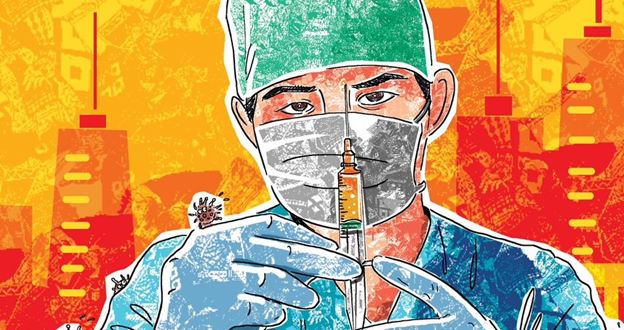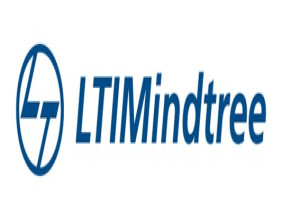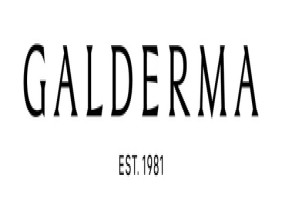Summary
- Research has found that packed hospitals raised the risk of death by 20 per cent
- Stricter lockdown restrictions needed to prevent hospitals from being over-packed with Covid-19 patients
A research from the University College of London has revealed that coronavirus patients admitted in the busiest ICUs (intensive care units) last year were 20 per cent more likely to die. The higher risk was like losing a decade in age. The research was conducted on 4000 plus patients admitted in ICUs across 114 hospital trusts in England during April to June.
Even by the end of last year, almost one third of total hospital trusts in England were operating at more than 85 per cent capacity. For instance, 11 trusts were full on December 30. In fact, the total number of Covid-19 patients in the ICU has been continuing to rise since then.

(Image source: ©Kalkine Group 2020)
The connection between packed ICUs and higher death rate is already well known. But this research is the first to evaluate the impact during the coronavirus pandemic.
Dr. Bilal Mateen, the author of the research insisted that tighter restrictions were required to prevent hospitals from facing an overwhelming situation.
Higher risk
The study explained that the risk of death was higher by one-fifth in the ICUs which were more than 85 per cent occupied, as compared to the ones running between 45 to 85 per cent of their total capacity.
In simpler terms, it meant that a 60 year old person under treatment in one of these wards had an equal risk of death compared to a 70 year old admitted in a less busy ward.
It is to be noted here that the maximum safe level of bed occupancy is set at 85 per cent for the nation by the Royal College of Emergency Medicine.
However, the UCL study has found out that there was actually no tipping point after which the death rate increased. In fact, the survival rate was consistently dropping as more beds got occupied, suggesting that harm starts to take place much before one gets to the official limit of 85.
The research stated that patients in the ICUs which were less than 45 per cent occupied were 25 percent less expected to succumb to death than the average rate.
Dr. Mateen explained that in case a sick patient’s heart suddenly stops, all the healthcare staff would rush to help. But if there are too many patients, the time to respond to an emergency rises and the quality of care gets sacrificed.
Hospitals have also been struggling with finding enough quality nurses, as their demand has risen substantially due to the pandemic. Such skilled roles take years of training and experience, explained the doctor. He believed that a stricter restrictions combined with a good vaccination program was the need of the hour.




